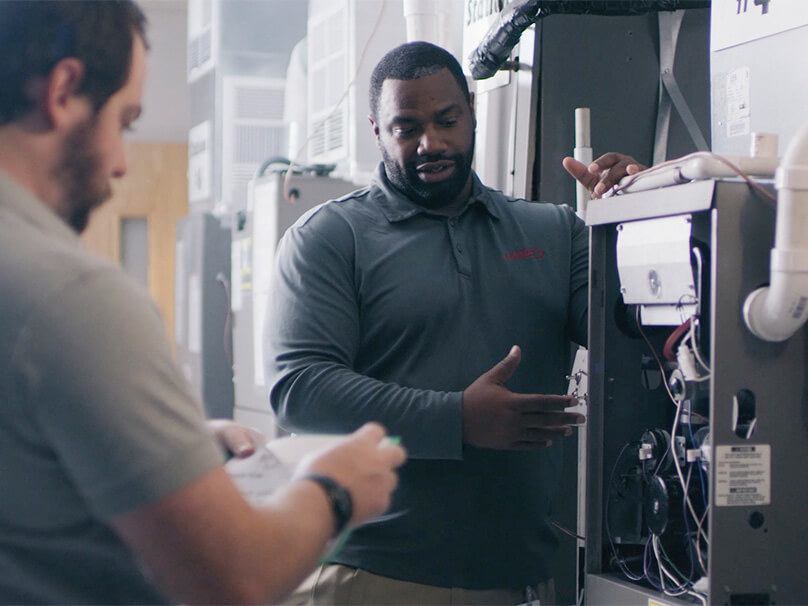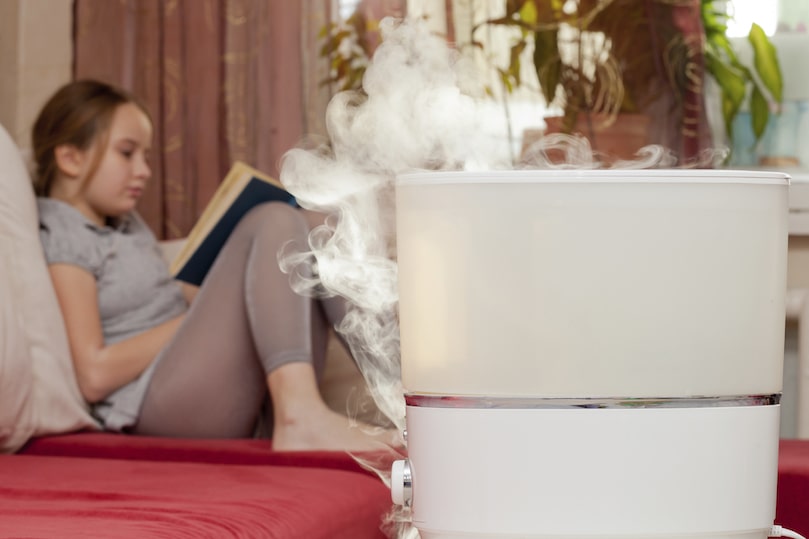Blog
Serving Auburn and These Areas
Forster Heating
9410 Crater Hill Rd
Auburn, CA 95603
Phone: 530-903-5878
Email: [email protected]
License #501585
About Forster Heating
At Forster Heating, making your home cozy is our highest priority. That’s why we provide reliable HVAC solutions and excellent work in Auburn. Our pros are educated in a complete variety of services, so you can be confident in your results. They’ll give the support you need, whether it’s installing an up-to-date HVAC system or repairing and maintaining your present system. We’re available to assist with all of your needs, so call us at 530-903-5878 or contact us online to schedule an appointment right away.
© 2025 Forster Heating | All rights reserved













